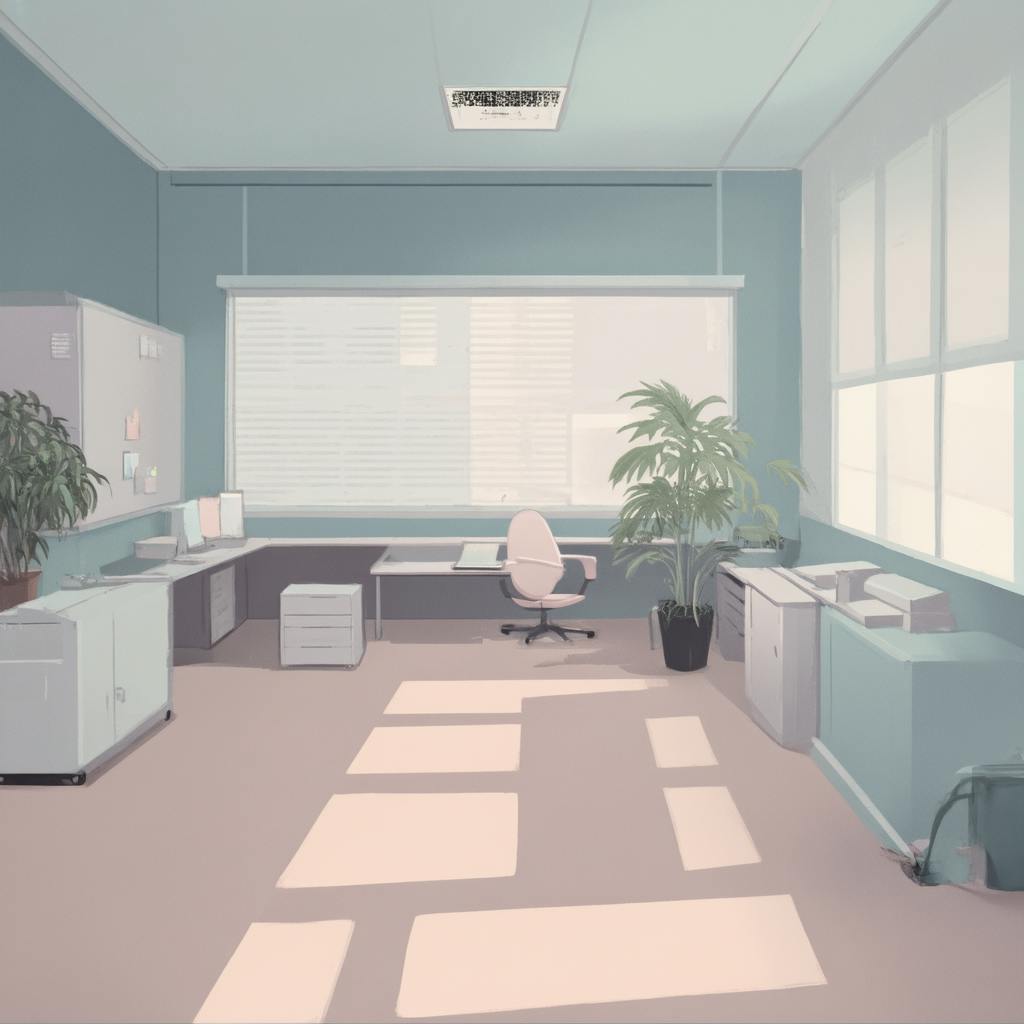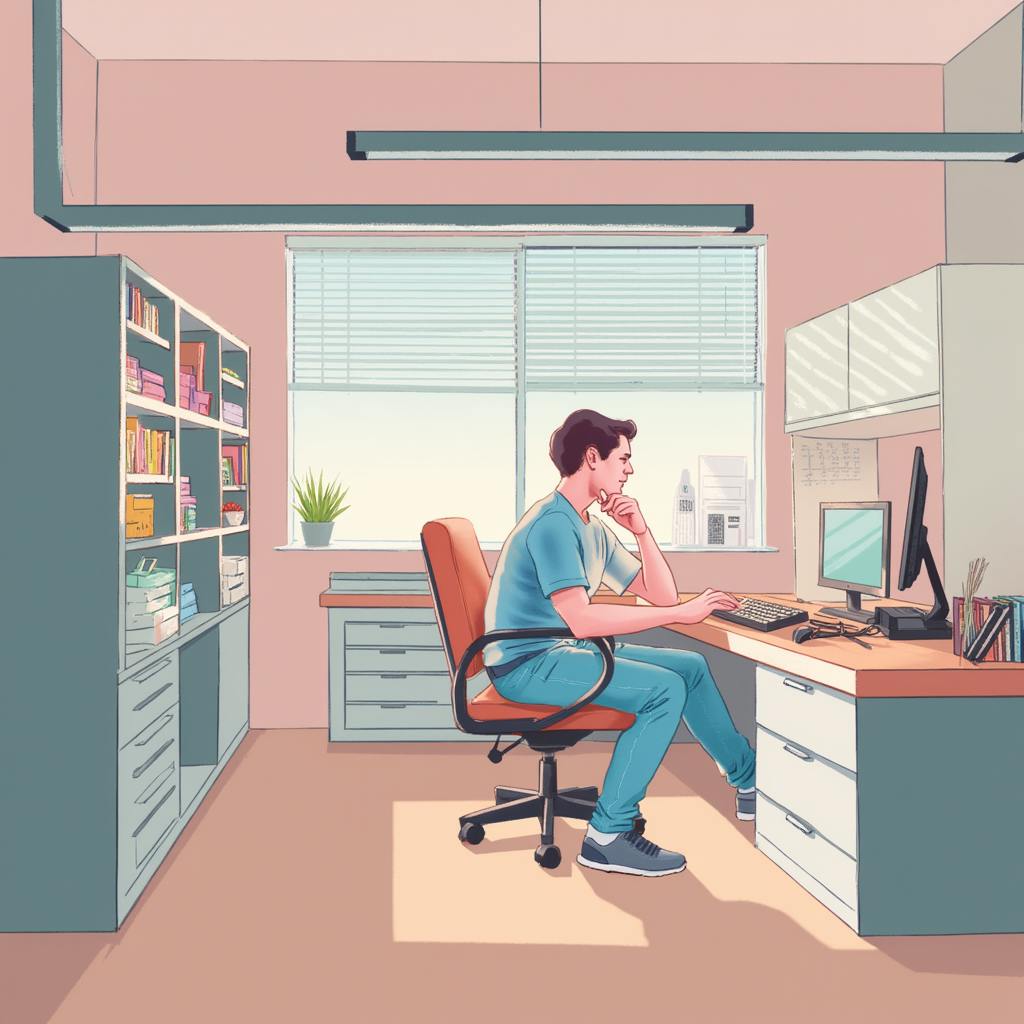A strong workplace design strategy plays a key role in boosting productivity, encouraging innovation, and improving employee satisfaction. Today, workplace design goes far beyond looks—it’s about creating a space that works for your team and supports how they get things done.
This kind of strategy brings together smart office planning, efficient space use, and thoughtful layout choices. The goal is to build a flexible environment that meets the needs of a changing workforce.
In this article, we’ll walk you through how to create an effective workplace design strategy and share practical tips to help you put it into action.
Why a Workplace Design Strategy Matters
Workplace design isn’t just about furniture or colors—it’s about creating a space that supports your team and aligns with your company’s goals. A smart workplace design strategy can boost morale, improve efficiency, and help employees feel more connected to their work.
When your office layout is planned with intention, every part of the space works harder: from improving workflow to making better use of square footage.
Core Elements of a Successful Workplace Design Strategy
1. Focus on Employees First
Great workplace design starts with the people who use the space every day. That means designing for comfort, productivity, and flexibility.
- Use a mix of spaces—quiet areas, open zones, and collaboration rooms
- Offer adjustable desks and ergonomic seating
- Integrate smart technology to support remote work and hybrid setups
This kind of employee-focused approach creates a more engaging and efficient work environment.
2. Smart Office Space Management
Good office space planning means making the most of what you have. Today’s workspaces are more flexible than ever, often using the same rooms for different purposes.
- Try hot-desking or shared workstations
- Use space-saving furniture to keep areas open and functional
- Track how space is used to adjust layouts as needs change
These changes help reduce costs and support a more agile workplace.
3. Reflect Your Brand in the Design
Your physical workspace should feel like a natural extension of your company’s identity. A strong corporate design strategy connects the space with your mission, values, and culture.
- Choose materials, layouts, and décor that support your brand voice
- Include messaging or artwork that reflects your company’s purpose
- Create spaces that help employees feel part of something bigger
This alignment can increase employee pride, satisfaction, and long-term engagement.

AI made with Dean Jones
Case Study: Microsoft’s Global Workplace Design Strategy
Microsoft has redefined what a modern office looks and feels like by putting its workplace design strategy at the center of its global operations. As the company moved toward a hybrid work model, Microsoft focused on creating spaces that reflect its brand, support different work styles, and foster collaboration.
The company designed offices with a balance of private focus areas, open team zones, and smart meeting rooms equipped for remote collaboration. Their spaces integrate natural light, flexible seating, and inclusive design features—supporting employee well-being and productivity.
Most notably, Microsoft's workplace design reflects its brand values: innovation, inclusivity, and forward-thinking. The layout and functionality of its offices are not just practical—they also communicate Microsoft’s identity to employees and visitors alike.
Results:
- Improved employee satisfaction and collaboration
- Increased flexibility for hybrid work
- Reinforced brand identity through space design
This example shows how a strong workplace design strategy can help global companies adapt to new ways of working while staying true to their mission.
Evolving Your Workplace Design Strategy Over Time
A strong workplace design strategy should never stay static. As your team grows and work habits change, your space needs to adapt too. It’s a good idea to review your design strategy at least once a year. Regular check-ins help you spot what's working, what’s not, and where adjustments can improve flow, comfort, or team collaboration.
Being open to change—whether that’s updating layouts, adding new types of workspaces, or rethinking how rooms are used—can help your design stay aligned with both business goals and employee needs.
Design That Supports Retention and Well-Being
A well-designed office does more than look good—it helps people do their best work. When employees feel comfortable, focused, and supported, they’re more likely to stay long-term.
Design features that support employee satisfaction and retention include:
- Quiet zones for focused work
- Open areas for collaboration
- Spaces that support mental health and downtime
- Flexible seating or hot-desking for hybrid work models
These choices show employees that their well-being matters—and that has a real impact on morale and loyalty.
The Role of Technology in Modern Workspaces
Technology is now a major part of how we design and use workspaces. Smart tools and systems can make your office more efficient, flexible, and employee-friendly.
Here are a few ways technology enhances workplace design:
- Collaboration tools like video conferencing systems and shared digital whiteboards
- Smart lighting and climate control that adjust to usage patterns
- Desk booking systems for flexible work arrangements
- Usage data to help you understand how your space is really being used
By using the right tools, you can create a workspace that works better for everyone—whether they’re in the office daily or just a few times a week.

AI made with Dean Jones
Workplace Design Strategy: Key Insights
What Are the Core Elements of a Successful Workplace Design Strategy?
A strong workplace design strategy starts with understanding your team's unique needs and how they work. At its core, the strategy should focus on:
- Employee comfort and well-being through ergonomic, flexible spaces
- Adaptable layouts that can evolve with changing team sizes and tasks
- Seamless technology integration, such as high-speed internet, video conferencing, and collaboration tools
- Brand expression through thoughtful use of color, design, and layout that reflects company values
- Sustainability, by choosing eco-friendly materials and energy-efficient systems
- Smart space planning to balance quiet zones, collaboration areas, and shared resources
Together, these elements help create a workplace that supports productivity, culture, and long-term growth.
How Does Workplace Design Affect Productivity?
A well-designed workspace can have a direct impact on how employees perform. Comfortable environments with ergonomic furniture reduce physical strain and stress. Open layouts and clearly defined collaboration areas make it easier for teams to communicate and share ideas. Quiet zones allow for focused work, while inspiring visuals and personalized touches boost morale and motivation.
Over time, this combination can lead to lower turnover, fewer sick days, and better overall performance.
What Are the Best Practices for Implementing a Workplace Design Strategy?
To build a successful strategy, start by involving your team. Collect feedback through surveys or workshops to learn what employees need most. Then, test ideas on a small scale with a pilot space before rolling out major changes.
Working with professional designers or workplace strategists can bring in helpful insights and prevent costly missteps. It’s also important to manage change thoughtfully—communicate clearly with employees about what’s changing and why.
Finally, measure your success using data. This could include employee satisfaction scores, usage data, or productivity benchmarks. Make adjustments based on what you learn.
How Often Should the Strategy Be Reviewed?
Your workplace design strategy should be reviewed at least once a year to make sure it still aligns with your goals and the way your team works. Minor updates—like adding breakout spaces or updating tools—can happen as needed.
Plan for bigger updates every 5 to 10 years or after major company changes like rapid growth, mergers, or shifts in how and where people work. Most importantly, adopt a continuous improvement mindset. The most effective workspaces evolve with their people.
Conclusion
A thoughtful workplace design strategy brings your company’s goals and your employees’ needs into alignment. By focusing on comfort, flexibility, and smart use of space, you can create a work environment that not only looks great but also supports productivity and well-being.
When your design reflects your brand and adapts to change, it becomes more than just a place to work—it becomes a tool for growth. As your organization evolves, make sure your workspace does too, so it continues to support your people and your mission.

